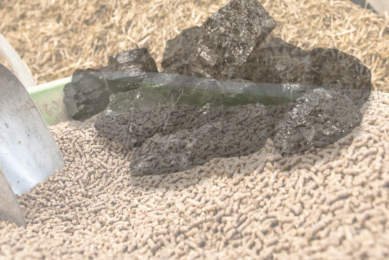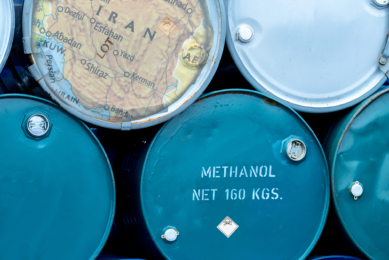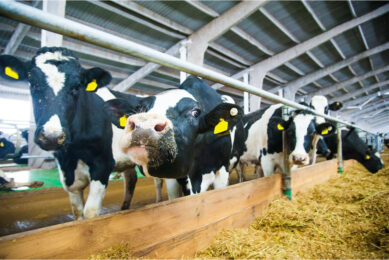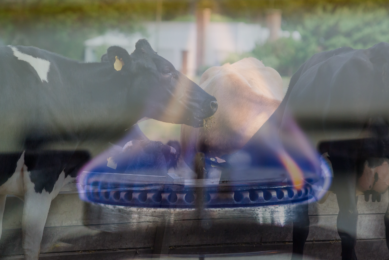Single-cell proteins in poultry nutrition
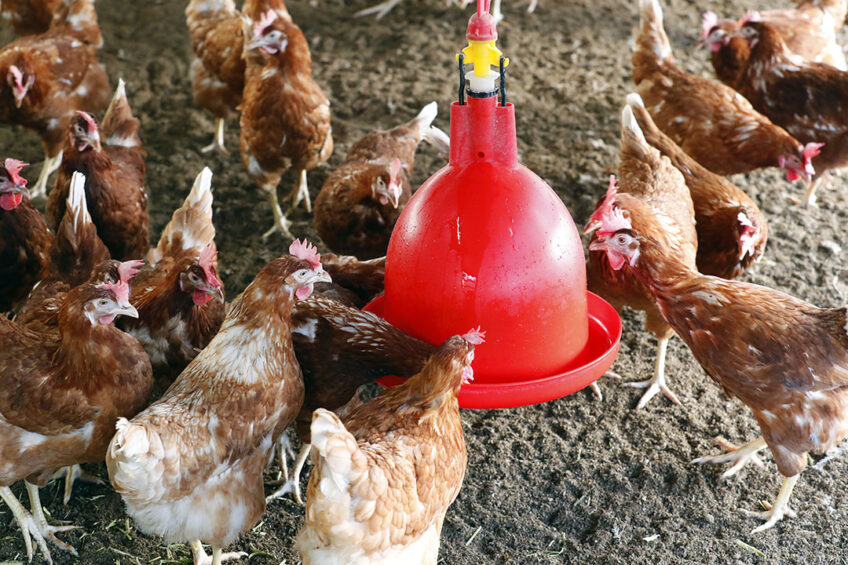
Production and utilisation of single-cell protein (SCP) could provide a cheap source of protein for poultry and other animal species.
Single-cell protein is derived from dried cells of microbes such as yeasts, bacteria, algae, and fungi which, in turn, utilise different substrates as their prime carbon and nitrogen sources for them to grow and synthesise amino acids and protein concentrate. Single-cell protein can also be produced from different products of the gas and petroleum industry. This product can then be used as an alternative to conventional sources of protein.
Why Single-cell protein?
Several factors have prompted the use of SCP in feeding programmes:
First – it is possible to have it produced in huge amounts if proper microbial populations are selected and suitable culture media are made available.
Second – SCP production is an economical process requiring less labour and inputs than the process of producing conventional proteins.
Third – it is independent of variation in weather, water availability, and soil type and does not need fertiliser, growth stimulants, or other chemicals which might have serious disease impacts on animals over several generations.
Fourth – SCP is highly nutritious, containing more available amino acids than most conventional sources of protein.
Finally – SCP can be grown on substrates such as molasses, wastewater, poultry litter, cattle faeces, and products of the gas and petroleum industry and hence uses waste material, while reducing environmental pollution.
Chemical composition
See Table 1 for the values of protein, fats, carbohydrates, vitamin B, calcium, and phosphorus found in the microbial biomass of bacteria, fungi, yeasts, and algae that grew on different culture media.
SCP and poultry nutrition
Pruteen (a commercial form of SCP produced by the bacteria M. methylotrophus on a methanol culture) has been used to replace 7% of soybean meal in a broiler diet. Results indicated improved weight gain and feed efficiency in the SCP group compared to those receiving only soybean meal as a protein supplement. The same product has also been used with layers to replace up to 12% of the protein supplement and this resulted in improved egg production (90.5% for pruteen and 88.4% for conventional protein sources). The improved performance in these cases has been attributed to the fact that the microbial cells contained in the ‘pruteen’ biomass have improved gut fermentation and vitamin synthesis. They have also activated enzyme lactase, which produced large amounts of VFA from lactose, thus enhancing the development of the caecum micro-flora and improving energy use for productive purposes.
In a study with fungi, Peziza audrinica was developed in a culture media containing poultry litter (30g/litre), glucose (30g/litre), vitamin B (0.5g/litre), and potassium phosphate (0.5g/litre). The fungi used up around 75% of the NPN present in the litter and could, therefore, produce mycelia containing around 20% protein (SCP). The mycelia protein had a high biological value and lysine content. The mycelia thus produced were isolated from the litter medium and used to replace 5% of soybean meal in a broiler diet. The growth rate of the chicks fed the mycelia was significantly higher than that of the control chicks receiving soybean meal as a sole source of protein in their diet.
Studies were also conducted to examine the response of poultry to dietary supplements containing n- paraffin (a commercial form of SCP produced by the yeast C. paraffinica on a paraffin culture). The results indicated no adverse effects of this product on growth or egg production. Further, there was improved health among the SCP groups, and the mortality caused by Marek’s disease at the early stages of life was also reduced in both broilers and layers.
Studies with algae also revealed positive responses in both broilers and layers. Chlorella sp. which was used to replace up to 12% of fishmeal in broiler diets resulted in improved weight gain and feed efficiency. Similar responses were noted with layers when Scenedesmus sp. was used to replace 5% of a protein supplement based on soybean meal. Egg production was improved, and mortality was reduced when the algae were incorporated into the diet. Further, the carotene and xanthophyll contents of eggs were 50% and 220% higher, respectively, for birds receiving the algae than for those fed conventional sources of protein.
Points to consider
SCP is high in nucleic acids which increases the metabolic rate of purine in the liver. Consequently, uric acid is produced in large amounts and hence causes several metabolic disorders and also affects the persistency of egg production in layers. Such problems may partially be alleviated when the SCP products are used at restricted amounts not exceeding 15% of the total protein supplement.
SCP could also have toxic effects on animals, especially when produced in culture media containing petroleum derivatives. Many of these toxicity problems, however, could be solved when selecting methanol-based biomass. The toxic compounds present in this case are deposited in the adipose tissues of animals and could, therefore, be readily catabolised in the body before exhibiting any toxic effects.
Studies also revealed reduced digestibility values for SCP (10-15%) compared to diets containing conventional protein sources, probably due to the presence of some indigestible compounds such as glucan and mannan in the SCP biomass, which negatively affect digestibility. Although the digestibility of diets has been improved by heat treatment of the SCP supplement, there was in many cases reduced performance of chickens despite the increased digestibility. This was due to the effects of heat treatment on the viability of the microbes which reduced their abilities to stimulate gut fermentation, vitamin synthesis, and energy metabolism.
The SCP biomasses, particularly those produced by yeasts are usually high in lysine and low in arginine. The increased ratio of lysine-to-arginine in the diet may have negative impacts on growth, due to improper metabolism and synthesis of protein in the animals’ bodies. This ratio should, therefore, be corrected by adding arginine to the SCP products upon processing.
References are available from the author upon request.




